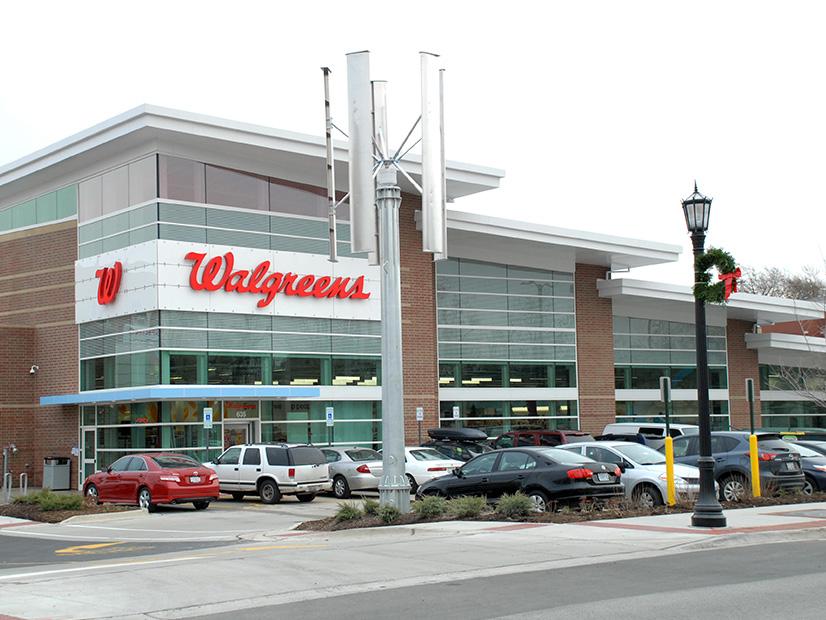After achieving its Better Buildings goal in 2020 to its reduce energy use by 20% across its 9,000-store portfolio, Walgreens (NASDAQ:WBA) is looking ahead at new opportunities to make its operations more efficient.
Walgreens became a Better Buildings Challenge partner in 2011 and reached its goal last year by focusing on HVAC and LED retrofits and more recently launching a refrigeration replacement program, according to David Hughes, senior director of facilities and energy management.
Reducing energy “over 100 million square feet of Walgreens footprint is not an easy needle to move,” Hughes said Thursday during the closing plenary session for the U.S. Department of Energy’s Better Buildings, Better Plants Summit.
Now, the company is focusing on an internal smart buildings program that taps data for efficiency measures beyond retrofits.
“Managing thousands of stores across a huge footprint gives us a small city to make sure that we’re operating as efficiently as possible,” Hughes said. “Putting as much technology and automation in these stores over hundreds of thousands of assets and leveraging that data to help guide our decisions … is the best way to keep bending the curve on our consumption.”
Walgreens has rolled out about one-third of its smart buildings program and has a few more years to go before it is completed.
“Having an intelligent building platform is critical to setting the stage to identifying the right next strategies that are going to help us build upon our strong foundation of energy efficiency,” he said.
Walgreens hopes to look at the power it uses to understand its stores’ baseload requirements better. With that data, Hughes said, the company could deploy distributed generation technologies in the near term to ensure stores remain open during emergencies as critical infrastructure.
Based on its stores’ current power needs, Hughes said the right DG solution for smaller loads is not available yet.
“Many of the scale technologies that are out there operate in the 100-kW to 250-kW block, and that’s way above our load,” he said. “We’re at about 60 kW to 70 kW on average in a store.”
Procter & Gamble (NYSE:PG) is also looking at new energy challenges after 11 years as a Better Buildings partner. The company, which owns iconic brands like Downy, Head & Shoulders and Tide, is building on the success of collaborative efforts like the Renewable Energy Buyers Alliance.
P&G set a goal in 2010 of using 30% renewable energy by 2020, which it reached, according to Steve Skarda, GHG and energy director. But tackling natural gas emissions associated with manufacturing is a much bigger challenge than the transition to renewables was, he said.
“We’ve covered all the emissions that we can eliminate with renewable electricity and efficiency and [carbon] offsets this decade, so we are net zero today, but that’s not the long-term vision,” Skarda said.
P&G is participating in the Renewable Thermal Collaborative and trying to identify the role electrification will play in the organization and how best to tap new technologies, such as hydrogen and carbon capture.



